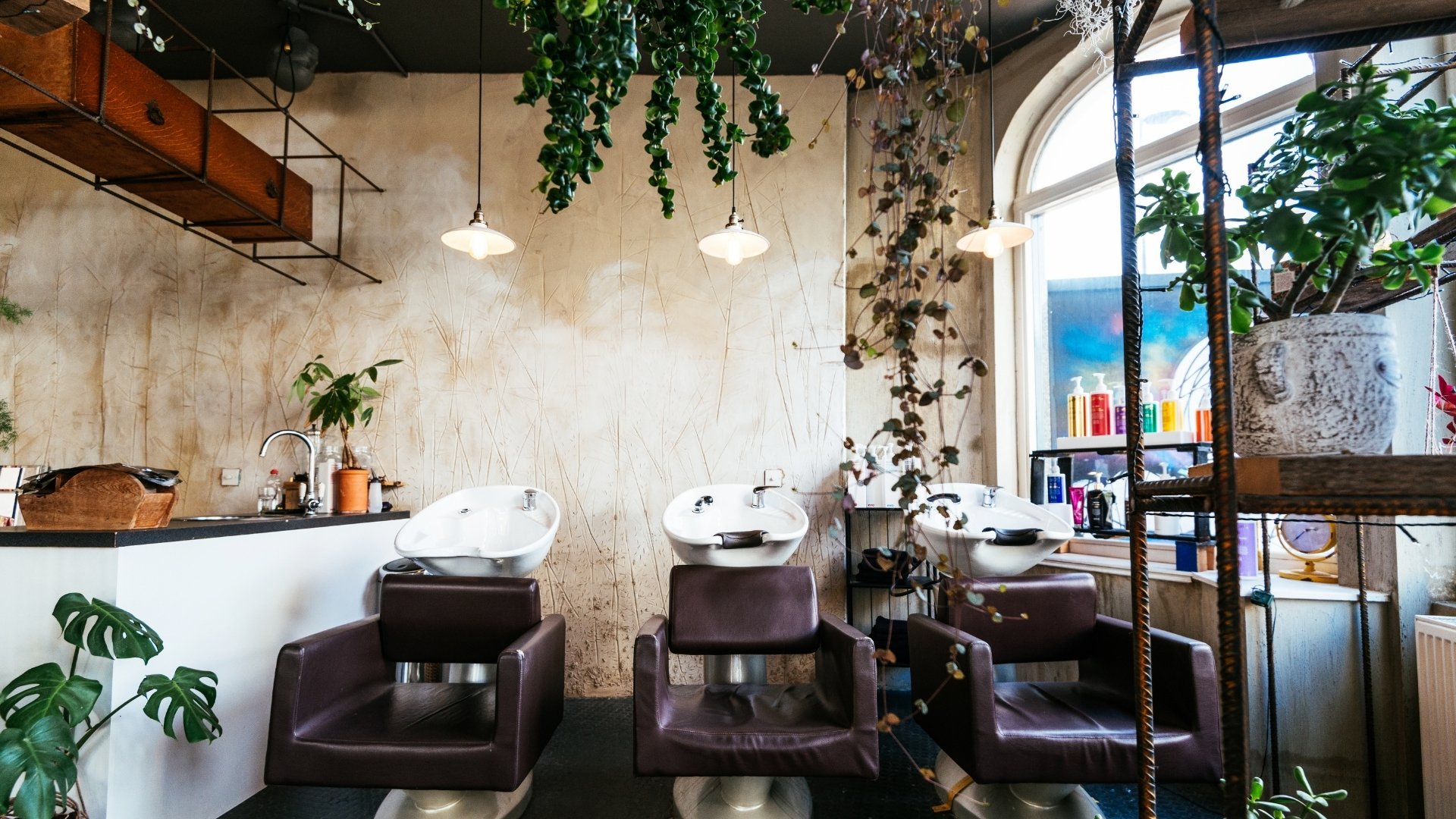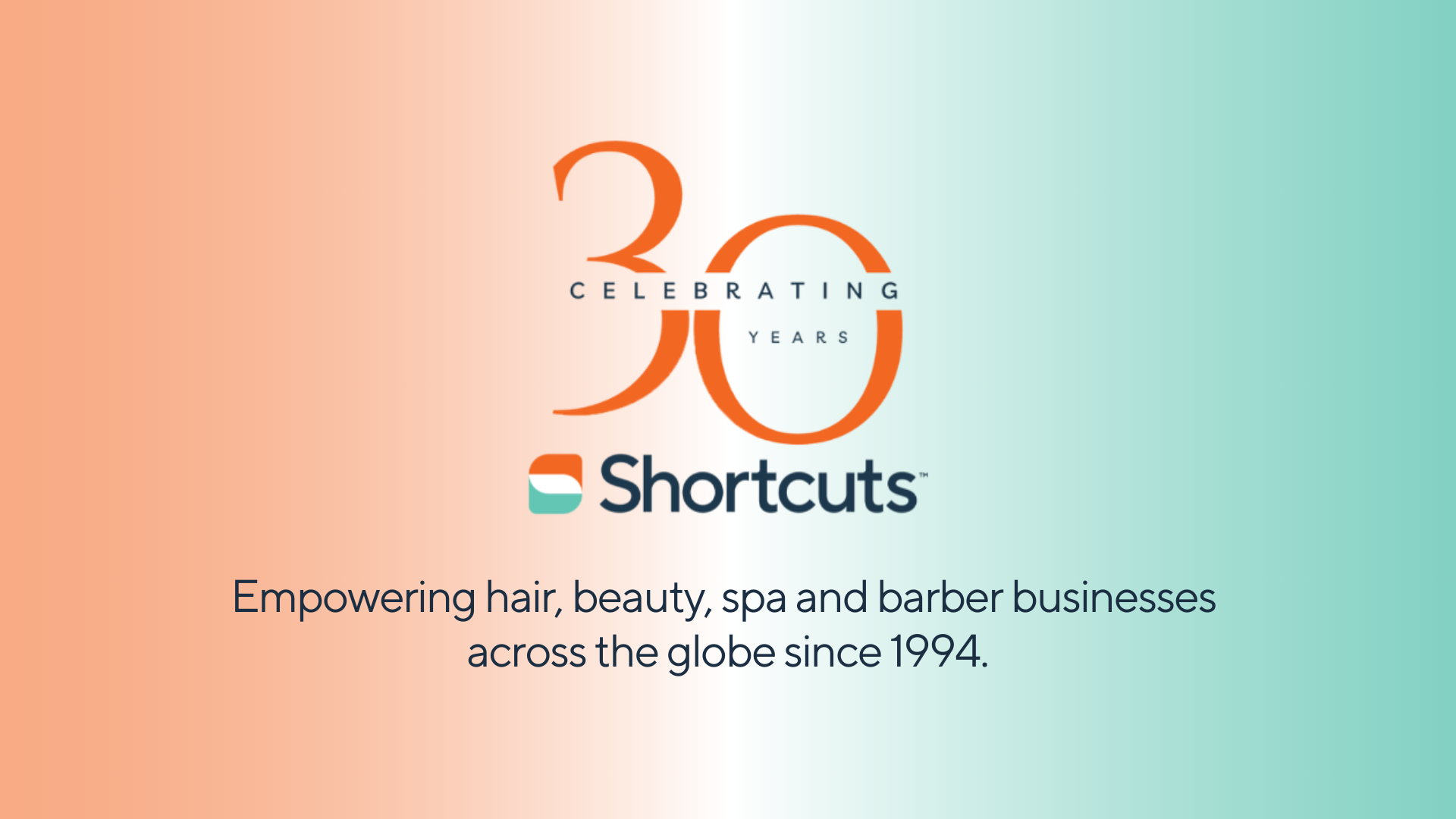
Sometimes we have to discard our preconceptions with price and almost start with a blank canvas. We can all get a bit obsessed with:
•The prices we have always charged
•What the competition is charging
•What our staff think we should charge
The danger is you end up forgetting that it is the client who chooses the service and that price can be a barrier for some.
1. Analyse your Actual Charge Rate per Hour
Your charge rate per hour must give you a comfortable profit margin after paying wages, stock and fixed overheads such as rent, rates utilities etc. Then all your prices should be as near to that desired hourly rate as possible.-then add on an additional cost of product. Remember that products used in highlighting can sometimes be as much as 25%of the whole service!
2.Identify your Most Popular Services
Use your software to clearly show which services you do the most of and importantly have the highest re-booking rate. If it is Cut and Finish or perhaps half head highlights, then you could charge more, than perhaps other, less popular services.
3. Develop Pricing Tiers
Ideally, you should have at least 3 tiers in your price structure. This allows clients to move from one tier to another depending on their financial circumstances. It also creates a clear career path for stylists to progress up through the various tiers based on their performance. It is vital that you write up some criteria for promotion based around their takings to target %and their re-booking {b55adc3a662bd6c2e6709665258abfc1f6e7a7940e6d74c1b6e379c733dca360}.
4. Increase Selectively
Never increase all your prices across the board-and always give your clients at least 4 or 6 weeks’ notice in writing of an increase. Your price list should be at least A2 size and displayed in your window, with the lowest tier on the left, and the highest on the right. I always find it strange when it is the other way round, as clients read from left to right and will therefore perceive the salons prices as high!
5. Narrow the Gap
If you do Wet Cuts, then your focus should be to narrow the gap by increasing the price of Wet Cuts so that the difference between a Wet Cut and a Cut and Finish is minimal. After all, the real value of the visit is the Cut.


